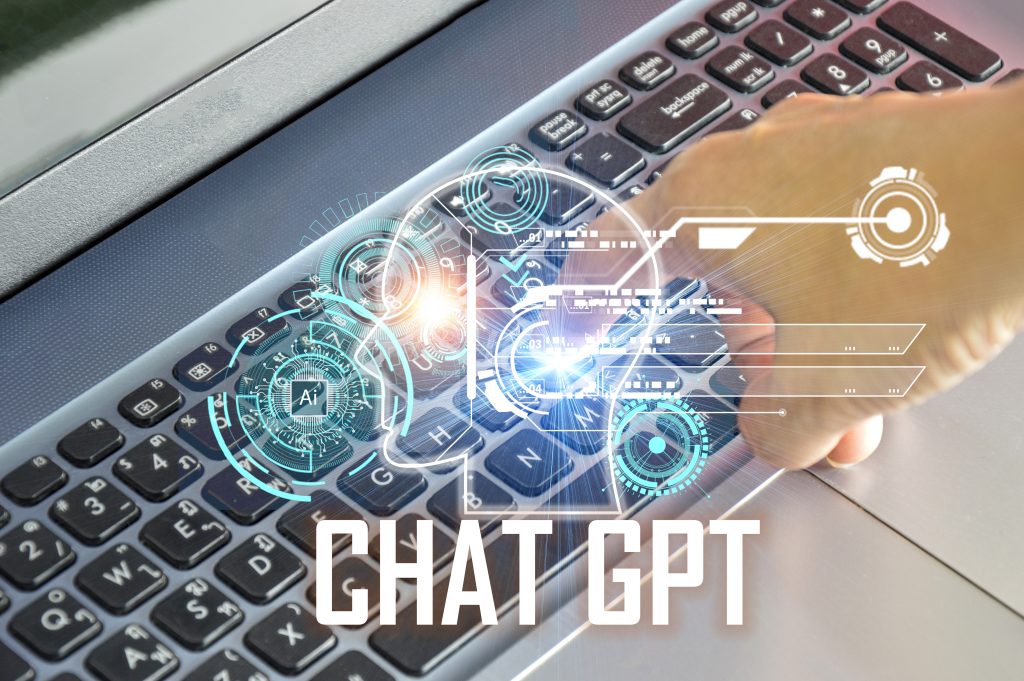OpenAI to release Dall·E 3, ChatGPT-powered latest text-to-image tool
OpenAI announces the upcoming release of Dall-E 3, a text-to-image tool powered by ChatGPT, set for October launch for Chat Plus and Enterprise users. The new version enhances user guidance and refines text prompts, allowing for improved coherence in generating images based on natural language. Dall-E 3 will restrict the creation of adult, violent, or hateful content and deny using public figures’ names. Users will have ownership of their generated images and the ability to use, reprint, or commercialize them. This advancement raises questions about copyright issues concerning artworks created without human input.

ChatGPT-maker OpenAI has announced Dall-E 3, the latest version of its AI art platform. Dall-E, released in 2022, in reference to the Pixar character Wall-E and the artist Salvador Dalí, is a text-to-image tool that uses AI to generate images from text prompts. The AI model is trained with massive quantities of labelled images scraped from the web and other sources.
One of the new characteristics of the new version is that it uses ChatGPT as a ‘prompt engineering’ assistant to guide users and help refine the text provided to the program. The new tool improves understanding of users’ commands and is better at turning coherent text into pictures.
Dall-E 3 is scheduled to be released in October for ChatGPT Plus and Enterprise users via the API.
Why does it matter?
Dall-E 3’s upcoming launch is a milestone in the development of AI technology with its ability to generate high-quality artwork based on natural language prompts. OpenAI has restricted Dall-E 3’s ability to produce adult, violent, or hateful content, and it will deny requests to use a public figure by name. The tool also gives artists more control over their work by opting out of training the AI model.
As with previous versions, the users will own the images produced with Dall-E 3 and will be free to use, reprint, or commercialise their creations. By removing the complexity inherent to refining the prompts and rendering the human-machine interaction as simple as interacting with a creative partner, the new tool could help facilitate access to generating advanced AI artwork and push OpenAI ahead of the competition, including Midjourney, Stability AI, and Alibaba’s Tongyi Wanxiang.
However, there are issues to be resolved about AI-created works. In August, a Washington D.C. District Judge said that under U.S. law, a work of art generated by AI without human input could not be copyrighted. OpenAI is also facing lawsuits from authors and copyright owners, who claim the company is training ChatGPT on their copyrighted material without their consent.
